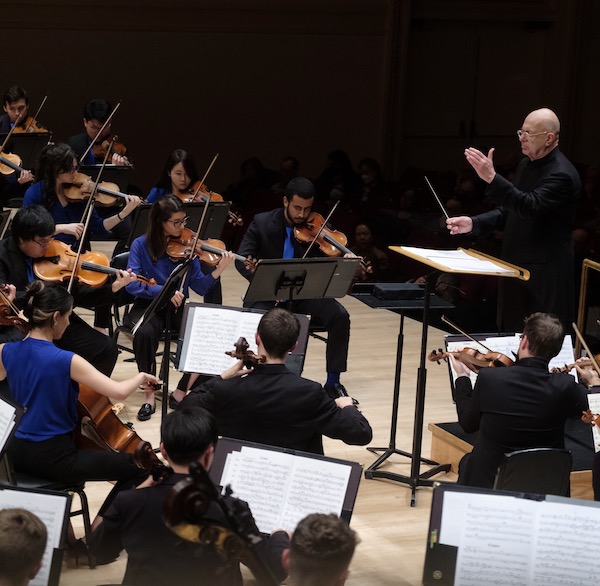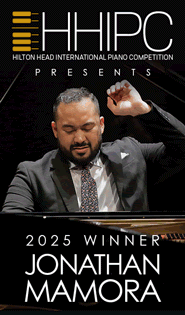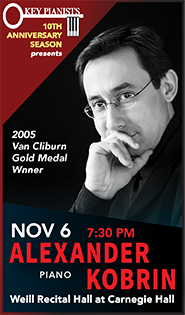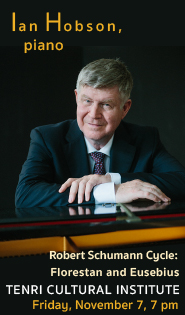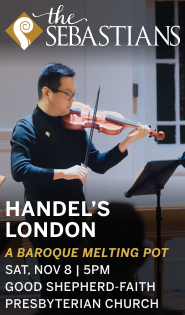Rare music of Jewish exiles explored by Botstein, The Orchestra Now
In recent years there has been increasing interest in the music of Erwin Schulhoff, Viktor Ullmann, and other composers of promise whose lives were cut short by the Holocaust. The adventurous conductor Leon Botstein has been there and done that.
Instead, for his program with The Orchestra Now at Carnegie Hall Tuesday night, titled “Exodus,” Botstein turned to Jewish composers who, thankfully, escaped the Nazi horrors and continued to compose in exile during, or just after, the war years.
As vividly performed by the young graduate-level musicians from Bard College, this music of the uprooted came at this subject from various angles. Despite having renounced his citizenship in Nazified Poland, Alexandre Tansman quoted the Polish national anthem and wrote modernistic polonaises and mazurkas in his 1940 Polish Rhapsody. Composing in Tel Aviv in 1946-47, Josef Tal re-told the biblical story of the Jews’ expulsion from Egypt in Exodus for baritone and orchestra.
Walter Kaufmann became acclimated, at least somewhat, to his country of exile; he composed his raga-influenced Indian Symphony in 1943 in Mumbai, after having lived there for nine years. On the other hand, Mexico City, where Marcel Rubin spent the war years 1943-45, seemed to leave little mark on the music he composed there, judging from his Symphony No. 4, “Dies irae,” which took a long view of the war and the peace that would follow.
The audience-friendly concert format included program notes by members of the orchestra (both written and spoken from the stage), remarks from the podium by conductor and music historian Botstein, and an easy-to-read “cheat sheet” with basic facts about the composers and the pieces.
Tansman’s Polish Rhapsody began with an oboe all alone, as if invoking a national spirit. Soon enough, however, winds and strings joined in a dream-like dance. While not as tuneful as the nationalistic rhapsodies of Liszt or Enescu, this piece had no lack of colorful episodes, rising to a militant fortissimo early on, then trailing off into fanciful dances accented by triangle and tambourine, and closing in a surge of quasi-Spanish clickety-clack rhythms.
The biblical book of Exodus (plus a line from Psalm 90) supplied the text for Tal’s Exodus, a sort of symphonic poem with sung introductions to its movements. Following a soft turmoil of strings and a flash of brass, baritone Noam Heinz recalled the life of the Israelites in Egypt, “hard with bitter bondage,” in reedy, expressive tones. The movement “Servitude” depicted their oppressors in a heavy-booted ostinato march.
“Prayer” began with beseeching melismas for the singer, and concluded with a series of tender appeals from sections of the orchestra. In “Exodus,” a persistent snare drum propelled the escaping Israelites on a crescendo of excitement. The singer narrated “The Passage of the Red Sea,” complete with parting and closing of the waters, amid dramatic swirls of strings and percussion blasts. “Miriam’s Dance” and “Andante” closed the piece in an exuberant rush of catchy five-to-a-bar rhythms.
Walter Kaufmann escaped early in the Nazi era to Bombay (later Mumbai), where he started a Western-style chamber music society, taught violin to Zubin Mehta among others, and confessed he found the country’s traditional music “alien and incomprehensible.”
With time, Kaufmann came around to the local idiom—although anyone expecting a George Harrison-style love affair with sitars and tablas in Kaufmann’s Indian
Symphony would be disappointed. In Tuesday’s able performance, one was mainly aware of an orchestral style out of Wagner and Strauss, with oriental woodwind colors à la Borodin.
Where things got Indian was in repeated figures in unusual scales, static drone harmonies instead of Western-style modulation, and, in the outer two movements, rhythmic exuberance and fast dialogue between the sections. The quick movements were separated by a quiet interlude of wind solos over a tick-tock pizzicato accompaniment.
Viewing the war-torn world from the relative safety of Mexico City, Marcel Rubin cast his Symphony No. 4, in four movements, as a vision of turmoil today followed by an idyllic tomorrow, and titled it “War and Peace.” In a subsequent revision—probably the 1972 one cited in the program—he substituted a single, ambiguous “Pastorale” for the two optimistic closing movements, and retitled the piece after its second movement, “Dies irae” (Day of Wrath, or Judgment Day). The hopes of a temporarily-displaced artist in his 30s evidently yielded to a darker view of the Cold War era as the composer neared 70.
The symphony’s first movement, “Kinderkreuzzeg 1939” (Children’s Crusade 1939), was inspired by a Bertolt Brecht poem of the same name, printed in the work’s score, with heartbreaking images of children lost and hungry in a snowstorm. Again a lone instrument began the piece, this time a viola, joined by eerie flautando violins and eventually the rest of the orchestra. The theme and setting were hymn-like, but the soft beat of a snare drum marked this music as a funeral march, which grew angry and dissonant in the middle before closing quietly with the solo viola and a few woodwinds.
The middle movement began as a sarcastic parody of the well-known “Dies irae” chant, especially its initial four-note motive, followed by variations that swung wildly in moods—colorfully captured by Botstein and his players—between warm, menacing, scherzando, grandiose, and back to that plaintive unaccompanied viola, all seeming to evoke the disorientation of war.
The “Dies irae” motive echoed softly in bells to open the “Pastorale,” with its fragmentary but touchingly phrased wind solos over a slow march, dwindling to a long pianissimo, then nothing. A phrase from John F. Kennedy’s 1960 inaugural address came to mind; this symphony had been, indeed, “tempered by war, disciplined by a hard and bitter peace.”
The Orchestra Now, led by resident conductor Zachary Schwartzman, will perform works by Barber, Richard Strauss, and Robert Schumann, 4 p.m. Nov. 19 at Peter Norton Symphony Space. Free admission, reservation requested. ton.bard.edu
